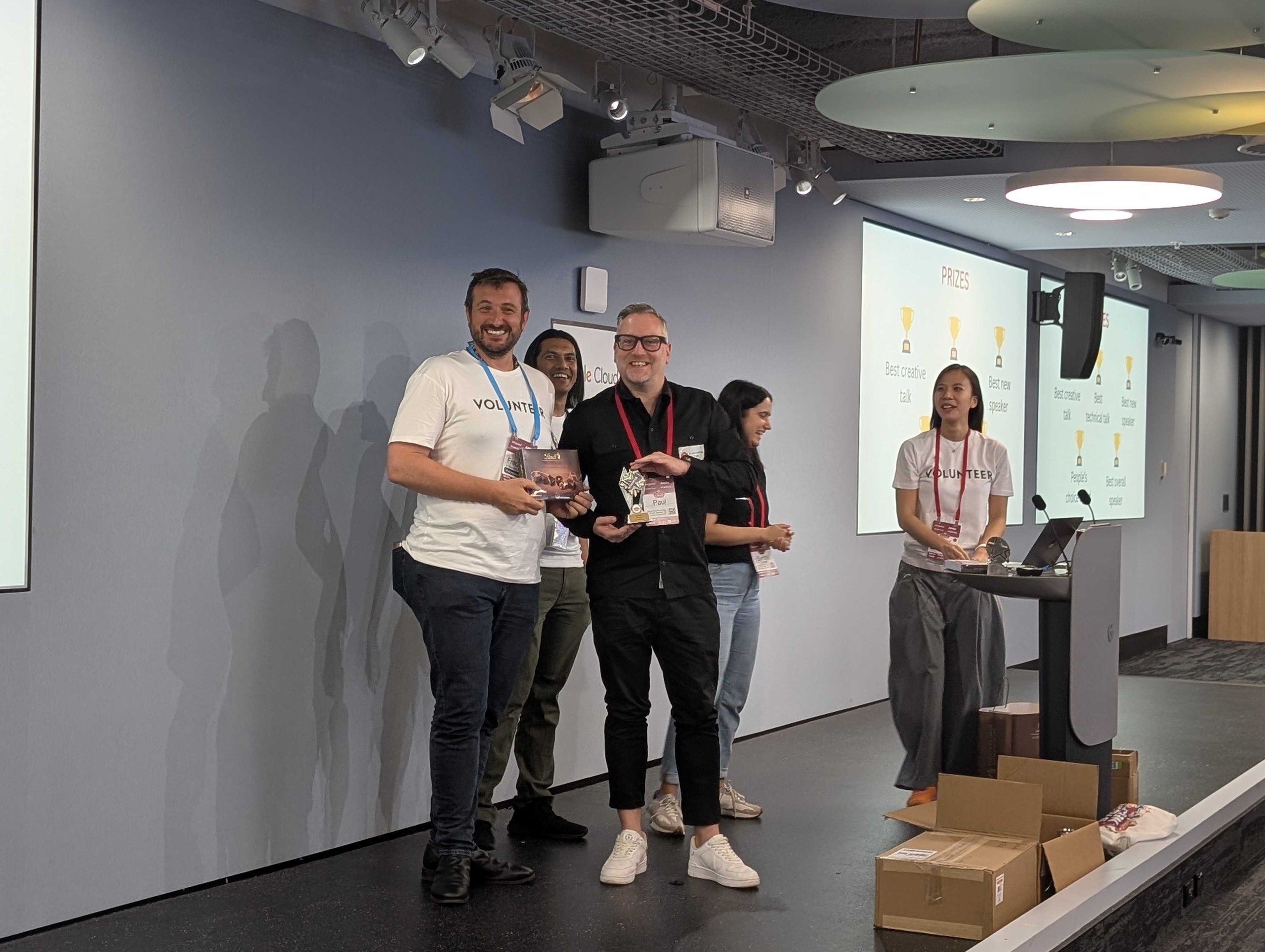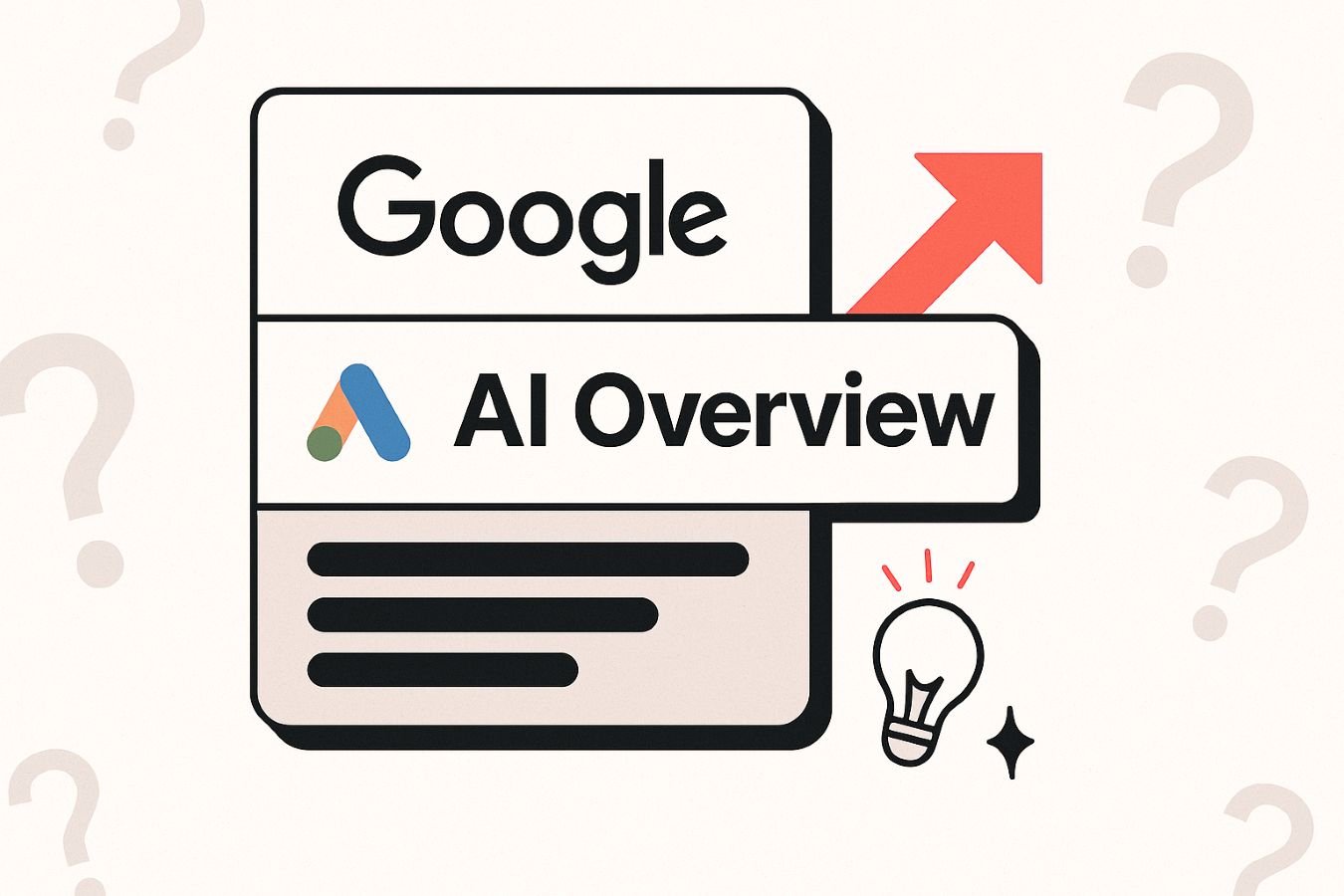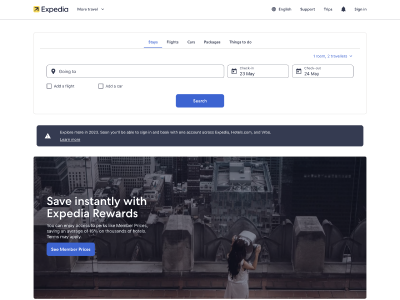At MeasureCamp Sydney, I presented the talk: In 2030, Your Website Doesn’t Exist, which explored how the agentic web will reshape brand interactions by the end of the decade. It was awarded Best Overall Speaker 2025, which I take as a credit to how much interest there is in the future of intelligent discovery.
The premise was simple: as intelligent systems become the intermediaries of choice, the web shifts from pages to protocols of interaction. Rather than being the primary database, a website becomes an endpoint, one surface among many through which data and intent flow.
If you missed out on MeasureCamp Sydney this year and missed my talk, I’m sharing the details below.
2030: Your Website Doesn’t Exist
This talk explores the architectural shift from human navigation to agentic delegation.
Hypothesis:
By 2030, the transactional layer of the web will be dominated by the Agentic Layer, a distributed network of autonomous agents, interfaces, and protocols where brand–consumer interaction shifts from direct website engagement to mediated, context-aware Agentic Experience (AX).
The collapse of the click
- Human-initiated navigation is being replaced by delegated automation
- AI Overviews, Gemini Mode, and ChatGPT actions intercept queries and execute tasks
- The request response model is shifting to intent execution pipelines
- Transactions increasingly occur before a page load
The two webs
- Visible web
- Invisible web
| Layer | Purpose | Nature |
| Social Internet | Emotional engagement, identity, culture | Human |
| Functional Internet | Discovery, decision, transaction | Machine |
The visible web will remain human. This is what we know today. The second, the invisible web, will be automated. The web isn’t going anywhere, but the interface between intent and action is changing. That interface is becoming agentic.
In the near future, when you want to “book my usual hotel” or “find me an agency that does paid media for travel brands”, that intent won’t surface a website. Instead, the intent will be parsed, evaluated and executed through agents negotiating with brand APIs in real time.
The visible web
The visible web is what we can see. Human facing content, interfaces, and culture.
The invisible web
Machine-to-machine exchange of data, context, and value.
Core components
- Agentic Interfaces (AX): Where humans delegate and receive outcomes
- Agentic Interface Protocol (AIP): The structured, authenticated standards that define how agents communicate, verify, and transact
- Agentic Infrastructure: APIs, data vaults, and identity layers that make those transactions secure, auditable, and composable.
The functional internet is already automated through APIs, feeds, and orchestration layers. We are maintaining two systems: one for people, one for machines.
The agentic web architecture
This is how I am currently visualising the emerging structure of the agentic internet, a system of layers that separates use, intelligence, and control.
| Layer | Focus | Core Element | Represents |
| Use Layer | Human intent and interaction | UX (human → agent) | Human trust |
| Model Layer | Agent reasoning and execution | AX + MCP | Machine trust |
| Organisation Layer | Governance and control | AIP | Institutional trust |
The use layer (human interface)
This is the visible layer, where humans interact with their devices, operating systems, and browsers. It is where UX lives, the human to agent interface.
Examples:
- Siri, Gemini OS, ChatGPT app, Perplexity, Arc
- Voice, gesture, text, and multimodal input
Purpose: Express intent.
The human describes what they want, the system structures it as a request.
The model layer (intelligence and execution)
This is the reasoning layer. The engine room of agency. It is where models, agents, and browsers interpret human intent and turn it into actions.
Examples:
- LLMs such as GPT, Gemini, Claude
- Agentic browsers, like Atlas
- Task specific agents
- Protocols MCP and ACP
MCP (Model Context Protocol) provides structured access to tools and data.
ACP (Agentic Communication Protocol) governs how agents talk to each other securly and coherently.
Together, they allow models to think, plan, and collaborate.
The organisation layer (governance and control)
This is the control surface for brands and systems. It is where data lives, decisions are recorded, and rules are enforced.
The AIP (Agentic Interface Protocol) sits here, defining how external agents can read, interpret, and act on a brand’s data or services.
Purpose:
- Control, governance, and measurement
- Authentication and trust
- Value exchange and negotiation
This layer ensures that every interaction is auditable, permissioned, and aligned with business logic.
How it works together
- UX converts human input into structured intent
- AX maps that intent to actions using reasoning and tools
- AIP (Agentic Interface Protocol) defines access, permissions, and authentication (for the owner)
- MCP enables reasoning and tool access → AIP defines conduct and control
Implications
- Search and Discovery: Agents will query APIs directly
- Analytics: Measurement moves to verification and event provenance
- Architecture: The front end becomes optional; the system surface is the API
- Design: UX remains human-facing, but system design extends to how agents interpret data (AX)
Implications for brands
- Your front door is no longer your homepage; it’s your Agentic Endpoint
- You’ll define what data, content, and offers are available to agents via AIP
- Brands will need to optimise for AX visibility: ensure agents can interpret, trust, and transact your data
Implications for consumers
- The interface becomes conversational, multimodal, and goal-driven
- Trust shifts from “Do I trust the brand?” to “Do I trust my agent to choose well?”
Implications for the economy
- The funnel collapses
- Transactions occur before a click
- Data accuracy and protocol compliance define competitiveness
Discussion prompts
We had a lot of great discussions after the talk at MeasureCamp Sydney. A few questions were:
- How does SEO adapt when discovery happens through agents?
- What replaces clickstream analytics in an eventless environment?
- Who defines and maintains AIP standards?
- How do we design for agent comprehension rather than human perception?
Closing reflections
- The web is not disappearing; it is being rearchitected for agents
- Interaction becomes API based negotiation, not page rendering
What signals or systems are you seeing that confirm or challenge this?
Get in touch
Interested in hearing more? Get in touch with me for speaking opportunities. Or contact In Marketing We Trust for a free consultation on what your future of search and discovery looks like.














